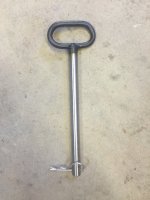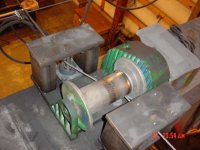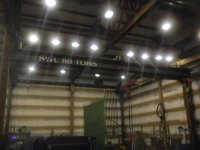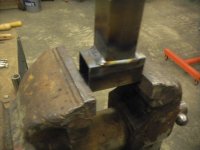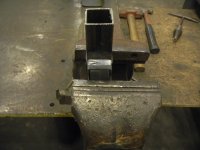BukitCase
Elite Member
- Joined
- Feb 17, 2012
- Messages
- 2,756
- Location
- Albany OR
- Tractor
- Case 580B, Long 460, Allis-Chalmers 160
For anyone wanting to learn more about tempering, etc, here is an excellent "starter" book - the author (now deceased) was, among other things, a sculptor and he traveled around the world making friends and his own sculpting tools, many locally in various home shops.
Book is mostly black and white, but the back page has an excellent "oxidation color" chart showing various latent heat colors (necessary for differing degrees of temper) - I've had a copy of this since the '70's, re-read it every so often and learn something new each time -
The Making of Tools: Alexander G. Weygers: 9780442293604: Amazon.com: Books
...Steve
Book is mostly black and white, but the back page has an excellent "oxidation color" chart showing various latent heat colors (necessary for differing degrees of temper) - I've had a copy of this since the '70's, re-read it every so often and learn something new each time -
The Making of Tools: Alexander G. Weygers: 9780442293604: Amazon.com: Books
...Steve
